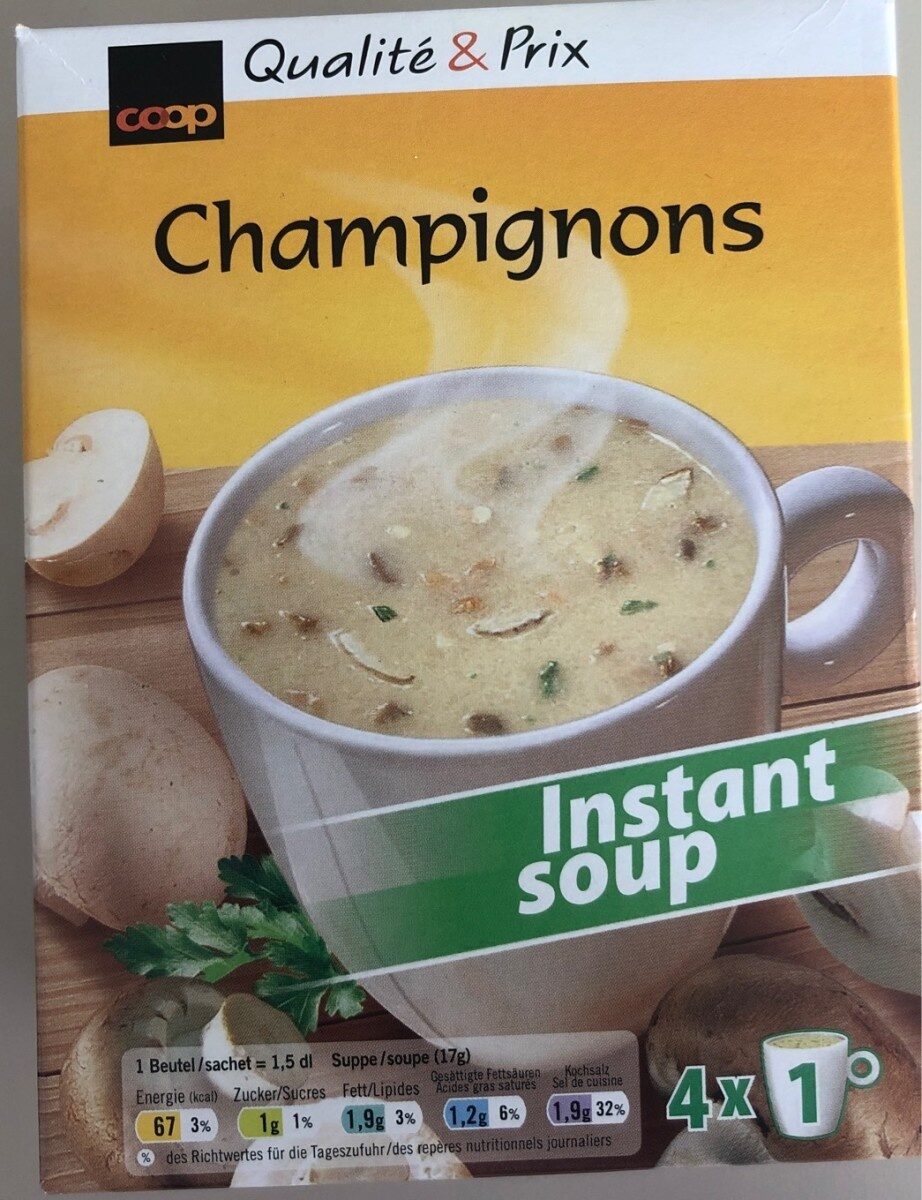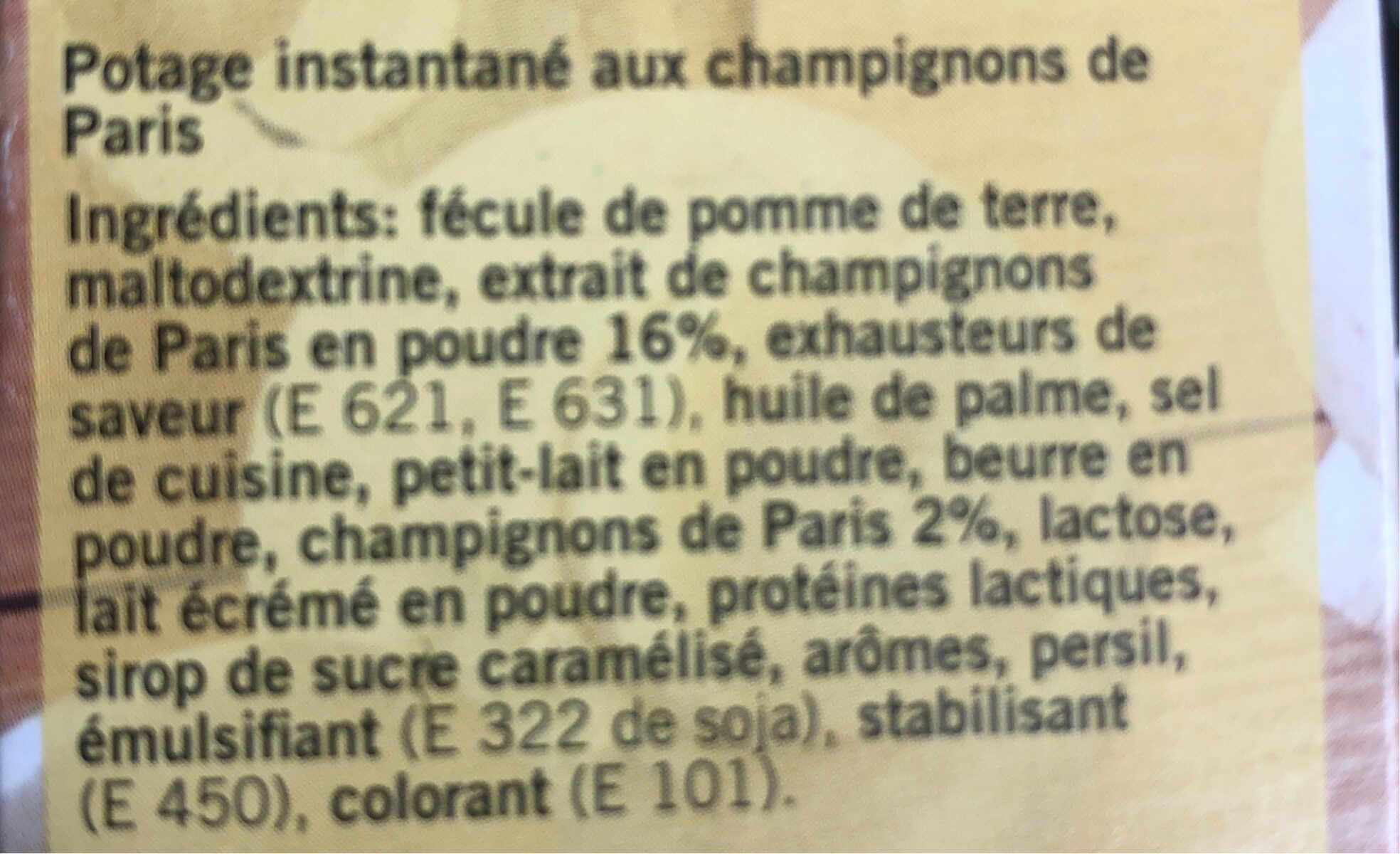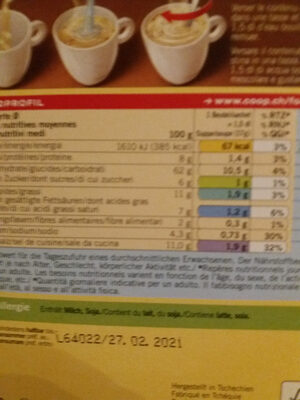Qualité & Prix Champignons Instant soup - 68 g
This product page is not complete. You can help to complete it by editing it and adding more data from the photos we have, or by taking more photos using the app for Android or iPhone/iPad. Thank you!
×
Barcode: 7610827702839 (EAN / EAN-13)
Quantity: 68 g
Brands: Qualité & Prix
Categories: Plant-based foods and beverages, Plant-based foods, Fruits and vegetables based foods, Vegetables based foods, Meals, Dried products, Fresh foods, Mushrooms and their products, Dried products to be rehydrated, Fresh plant-based foods, Mushrooms, Soups, Dried meals, Dehydrated soups
Labels, certifications, awards:
FSC, FSC Mix
Stores: Coop
Countries where sold: Switzerland
Matching with your preferences
Environment
Carbon footprint
Packaging
Transportation
Threatened species
Report a problem
Data sources
Product added on by openfood-ch-import
Last edit of product page on by worldtest.
Product page also edited by domeg, foodrepo, kiliweb, openfoodfacts-contributors, roboto-app, walterppk, yuka.UUtSZVBvTWhyL3BScHZFMXd6bkkvOEF1N0oycVdINjFEUFZMSVE9PQ.








